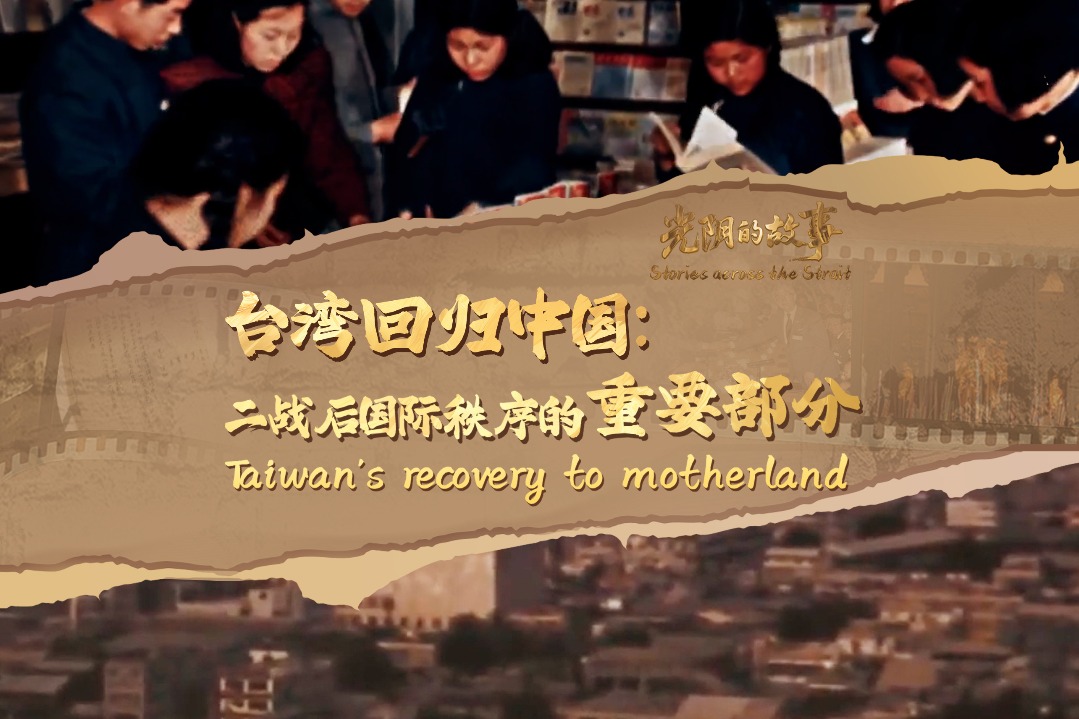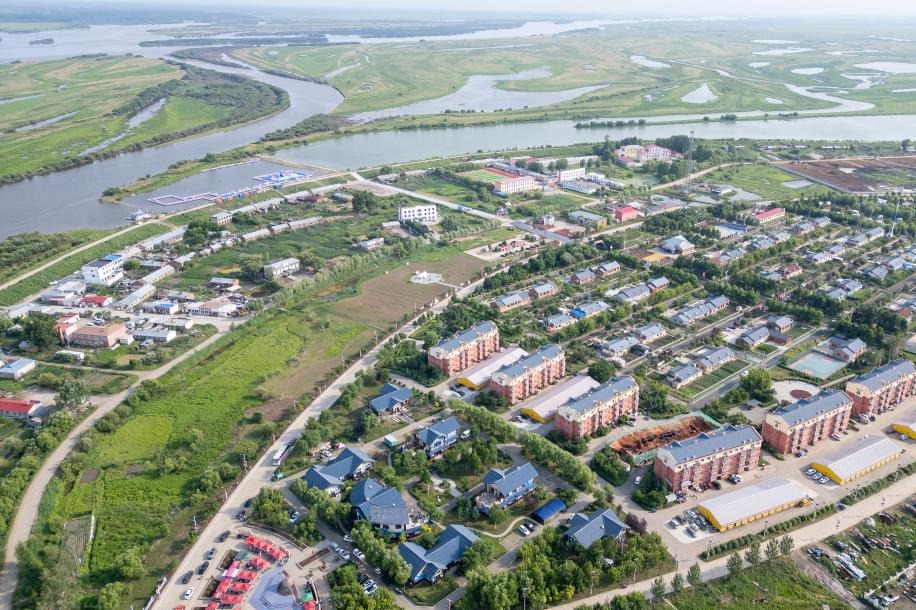Reversing the loss of nature


China is protecting its biodiversity by strict enforcement of environmental legislation
We are in Montreal, where the world has come together to agree on a historic new global framework to halt and reverse the catastrophic loss of nature. China's delegation has been working late nights throughout the weekend, as China holds the rotating presidency of the United Nations Convention of Biological Diversity. This conference is the most important in the 30 years since the convention was established in 1992.
China did not wait for the global framework to be agreed, and has moved ahead with a number of actions to strengthen the protection of biodiversity at home, such as cracking down on the illegal wildlife trade, drawing up ecological conservation redlines (which now include over 31 percent of China's territory), adopting a 10-year ban on fishing in the Yangtze River, establishing national parks, and much more. Importantly, those actions have been firmly underpinned by enhanced environmental monitoring and law enforcement.
This really matters for the world. China is not only one of the world's most biodiverse countries, it was also the largest market for illegal wildlife parts, such as rhino horn, ivory, tiger bone and pangolin scales. Even though China has more than 50 laws and regulations related to biodiversity conservation, those laws were not being effectively implemented, and poaching and smuggling were rife. Trade in illegal wildlife parts is big business for organized crime networks, leading to serious social problems around the world and threatening many species with extinction.
China's role in this really started changing around 2018 as the biodiversity conference was nearing and law enforcement was heavily stepped up. China established specialized teams of prosecutors to handle environmental cases, and we held several international seminars and trainings with them around that time. An international expert who joined those seminars later confirmed that the effect of China ramping up law enforcement became very clear in the illegal markets: "Prices for illegal wildlife parts plummeted, and stocks started to accumulate in transit countries such as Laos and Vietnam, due to the much greater risk of getting caught when taking them into China."
This new emphasis on environmental law enforcement was part of a broader trend in China, which started in 2014 with the adoption of the revised Environmental Protection Law, and a consensus that the rule of law should play a much more prominent role in environmental governance. Hundreds of specialized environmental courts were established around the country, and ClientEarth was invited to cooperate with the Supreme People's Court on strengthening the environmental capacity of the judges. By the end of 2021, over 2,000 specialized environmental courts and trial organizations had been established nationwide.
In the past five years, Chinese prosecutors have initiated over 340,000 legal challenges for the environment, against local government departments and companies which failed to implement environmental laws. As one can imagine, all of these enforcement actions triggered a major shift in thinking — the environmental laws had to be taken seriously.
This became very apparent in the implementation of China's new system of ecological conservation redlines. A huge scientific effort was undertaken to establish which areas in China were of the highest value in terms of biodiversity, ecosystem services (such as providing fresh water) and disaster risk reduction. Those areas were subsequently delineated, and consultations held with local stakeholders. Once the delineation was fixed, high-tech remote sensing, central environmental inspections and prosecutor-led public interest litigation were applied to ensure strict enforcement of the redlines. An astonishing number of cases of unauthorized development of infrastructure, real estate or land conversion for agriculture were discovered and subsequently rectified with restoration actions.
For example, in the southern island province of Hainan, by 2020 shrimping aquaculture had destroyed most of the natural mangroves, causing coastal biodiversity to collapse and greatly increasing the risk of floods. All of Hainan's coastline was included in the ecological redlines, and it was determined that aquaculture should be halted, with compensation given to the shrimpers. In the next phase, the mangroves will be restored to their natural state, a massive undertaking.
Earlier this year, China hosted the 14th Conference of Parties of the Ramsar Convention on Wetlands. China's wetlands account for about 4 percent of the world's wetland area, ranking first in Asia and fourth in the world. Following a steady decline, China has reversed its wetland loss and increased their area in recent years. A new Wetland Protection Law was issued in late 2021, and was immediately coupled with a strong enforcement push, including public interest litigation by prosecutors.
In 2018, a central government inspection team discovered a road illegally constructed in a coastal wetland in Tianjin, resulting in the encirclement of about 21 hectares of the sea area in a local nature reserve. Tianjin's procuratorate initiated litigation procedures, demanding local government to demolish the illegal construction and restore the coastal wetlands. As a result, a 450 million yuan ($64.5 million) wetland restoration project was started, and the wetlands were fully restored by December 2020.
In addition to these top-down measures, China has also seen progress in community-based conservation. Local communities are often the best stewards of nature, especially if they are the ones who benefit from the conservation efforts. For example, the environmental NGO Shanshui worked with a local community in southern Qinghai to protect a valley which is the habitat of a large number of snow leopards and other wildcats. Instead of building hotels and welcoming tour buses in this pristine area, they developed eco-tourism. Visitors pay a premium to stay with local villagers, and are randomly assigned a household. The villagers then take the visitors into the valley to try and spot wildlife. Not only do they know where to find them, they also make sure it is done in a way which is not intrusive. Poaching has been reduced to zero, because the local communities stand the most to gain from having the snow leopards there. One hundred percent of the revenues stay in the local community, and the model has attracted interest not only in China but also in other Himalayan countries.
There continue to be many more opportunities for community-based conservation in China, and we believe this may become a major trend in the coming years.
In the future, we also expect that the law may play a greater role in achieving China's climate targets. The Supreme People's Court declared at the World Judicial Conference on the Environment held in Kunming in May 2021 that judges should enhance their judicial response to cases which concern climate change and its effects. And China's Deputy Chief Procurator Zhang Xueqiao announced in a speech at the International Union for Conservation of Nature World Conservation Congress in Marseilles in 2021 that China is actively exploring climate litigation by public interest prosecutors.
While political and cultural conditions are different between countries, China's science-based approach, combined with a strong law enforcement should be of interest to other countries as they enhance their national biodiversity actions.
Dimitri de Boer is the director for Asia and China representative at environmental law organization ClientEarth. Jiang Boya is a nature and climate lawyer at ClientEarth. The authors contributed this article to China Watch, a think tank powered by China Daily.

































